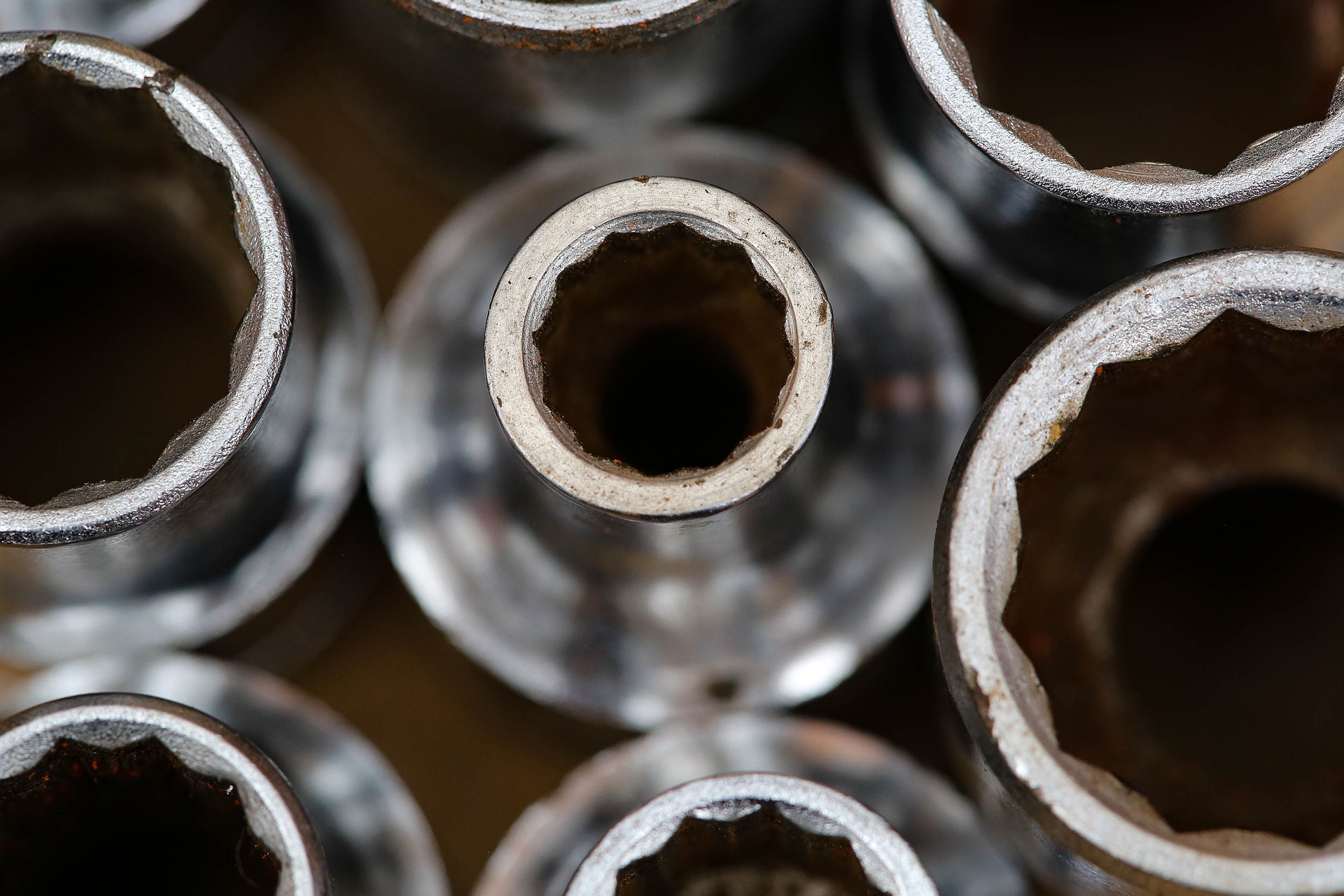
A good radiator is essential for keeping your Chevy running efficiently. The radiator removes engine heat to protect your engine against overheating. Over time, parts can wear out or get damaged, and you’ll need a radiator repair at your Chevy dealer. These are some possible signs your radiator may soon need a repair.
Rust on the Radiator
If you see signs of rust on your radiator, this is a cause for concern. Under normal circumstances, your car’s radiator is never exposed to water, and water is necessary to create rust on metal. The most likely cause of the rust is that your cooling system has a leak and is spilling coolant as you drive. Even a tiny hole in the system can allow the pressurized coolant to escape.
Coolant is a mix of antifreeze and water, and if coolant spills onto the radiator it can quickly enable rust to develop. Coolant evaporates quickly in the engine heat but leaves behind tell-tale white marks. If you see these marks, you have a coolant leak. Our technicians will examine your radiator and the cooling system to find and fix the source of the leak.
Damaged Radiator Fins
The fins are rows of thin aluminum tubes in the front of your radiator. These tubes provide the cooling surface for removing heat from your engine. The hot coolant is pumped into the radiator and enters the rows of tubes. The air flowing through the grille as your car moves cools these tubes and the liquid inside them. Once the coolant has cooled, it’s pumped out of the radiator and recirculated through your engine.
These fins can get damaged by grit, sand, and other debris thrown up from the road surface. This debris is drawn through the grille and can dent and damage the tubes. As more tubes become damaged, your car’s cooling system will suffer. Coolant will flow slower through the system due to the blocked tubes, which increases your engine temperature. We can’t repair the damaged tubes, but we can replace the radiator.
Broken Thermostat
The thermostat in your cooling system is set to a particular temperature, which is usually around 185F. When your engine reaches this temperature, the thermostat opens and releases coolant into the engine. The coolant is then pumped through the system to absorb the heat. A thermostat is a simple component, but it can wear out.
A worn thermostat could jam closed, which prevents coolant from being released. Without the constant flow of coolant, your engine can overheat. Our technicians can easily replace the thermostat with a new one.
If your car shows signs of radiator problems, call us ASAP at Mike Kelly Chevrolet.
Image via Pixabay


